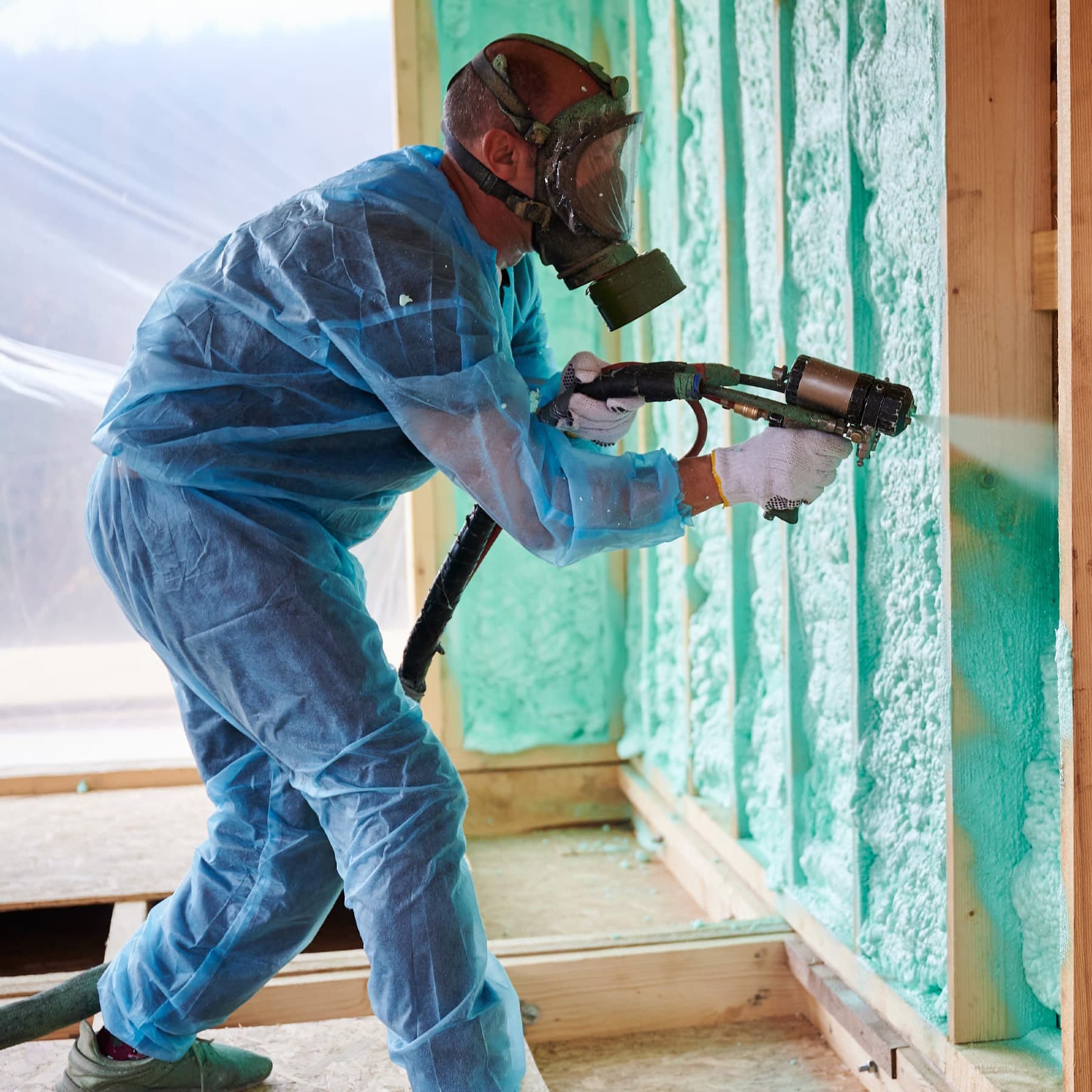Flanking Sound
Flanking Sound – and how to combat it
Flanking noise may come from both airborne and impact noise and it typically transmits through the structure and fabric of a building. This tends to be most problematic through walls that penetrate floors or walls that have timber suspended flooring fixed to them.
Flanking noise is an issue that must be addressed by anyone converting an existing property into flats and those building new flats developments. Metropolitan Insulation Services receives many enquiries from those seeking advice and we are happy to offer reliable information and guidance.
Rigorous Part E building regulations for noise control through the separating floors must be adhered to. Did you know, for instance that a floor soundproofed to the highest standard could still fail a pre-completion sound test because of noise flanking down the walls? If in doubt please contact our helpful team today.
Flat conversions
Flanking noise shouldn’t be an issue in most properties built before cavity walls were introduced. Thanks to the solid construction of the main supporting walls (usually external), a separating floor can be upgraded and the new flats will pass any required pre-completion sound testing with ease.
If there is a new wall supporting a separating floor in an old building, flanking noise down the new wall may well affect the result.
More recently built flats using the cavity wall system have lightweight internal walls. These would be unlikely to be successful in any pre-completion testing unless measures were taken to address potential flanking noise problems arising.
In new build properties, Part E of the Building Regulations stipulates that flanking noise is a problem particularly with newly built flats. Therefore all internal walls - lightweight in nature - should be sound insulated to stop flanking noise.
New walls constructed in old properties should be insulated in the same way to avoid noise problems and pass the testing. Even high-density concrete blocks need extra soundproofing!
Metropolitan Insulation Services’s solution
Our sprayed polyurethane soundproofing system has many distinct advantages. It expands to create a superior insulation and acoustic barrier. And it adheres to everything, effortlessly sealing gaps and preventing surface interstitial condensation.
What’s more, there are no noxious or odious fumes or vapours in the cured form. Spray-applied foam is especially recommended for those suffering from allergies, asthma, or other respiratory problems who require effective ceiling sound reduction within their homes or workplaces.
Highly efficient in terms of performance at low thickness levels, Metropolitan Insulation Services’s spray foam has a high strength-to-weight ratio, is easy to apply, fibre-free and resistant to moisture.
Our two-component liquid system produces a highly efficient blanket of insulation with a thermal conductivity of O.Q2W/mK.
Its closed-cell nature renders it very resistant to moisture ingress and grades are available which achieve both Class 1 and Class 0 fire ratings when tested to BS476 Part 7 and Part 6 respectively.
If you are in any doubt about the nature of nuisance sound – including flanking sound – and require guidance, please contact Metropolitan Insulation Services for free impartial advice.
Similarly if your property has failed a pre-completion test, contact us now.



